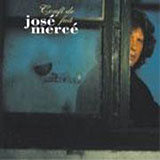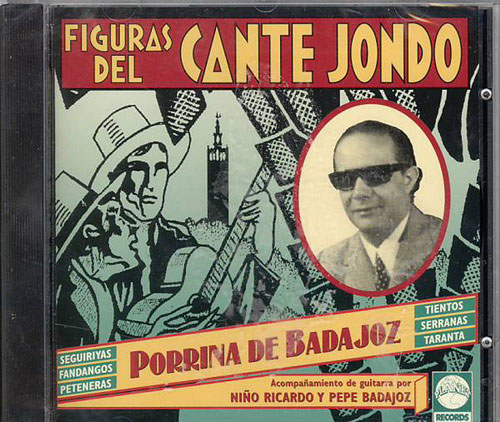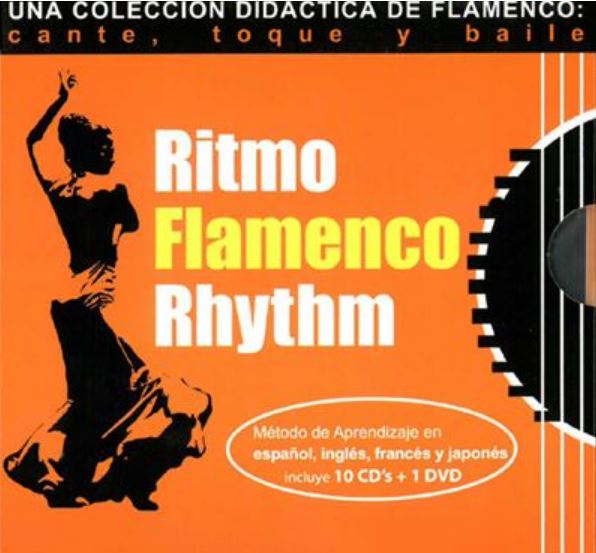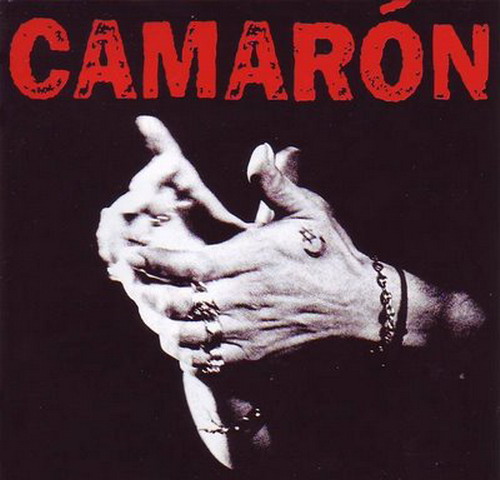- Contact |
-
Phone |
(+34) 91 542 72 51.
We’re open from Monday – Friday 10h-13:30h / 17:00-20:00h and Saturdays 10h-13:30h (GMT + 1).
In 2022, we will be closed for holidays the 1st and 6th January, 14th, 15th and 16th April, 2nd and 16th May, 25th July, 12th October, 16th August, 1st and 9th November, 6th, 8th , 9th and 26th December.
Our shop is located in Calle Campomanes nº 4, Madrid 28013 España (Ópera Metro Station) - Help |
- Price list |
- Order situation |
- Wholesalers Access
- 🚚 📦 WORLDWIDE SHIPPING ✈️ 🌍
- 🚚 📦 WORLDWIDE SHIPPING ✈️ 🌍


- Flamenco best sellers
-
All Flamenco
- Bracelets
- Braces and Belts
- Breeches and Tassels
- Brooches
- Bull-fight and Spanish Flag Handbags
- Bullfighter Outfits
- Campero Boots Valverde del Camino
- Costumes and Accessories
- Customized Products
- Fabrics per Metre
- Flamenca Blouses
- Flamenco Costumes for kids
- Flamenco dance Tops and Bodies
- Flamenco Dolls
- Flamenco Face Masks
- Flamenco Guitars
- Flamenco percussion boxes and canes
- Flamenco Pictures
- Flamenco Shirts
- Jewellery
- Joaquín Cortés
- Manila Shawls
- Necklaces
- Posters
- Weddings and Brides
- Guests Hats
- Souvenirs, Parties
- Didactic Material
- Music and video
-

-

- Flamenco best sellers
- Andalusian costumes
- Castanets
- Combs and Small Combs
- Fans
- Flamenca outfits
- Flamenco Dance Outfits
- Flamenco Earrings
- Flamenco Flowers
- Flamenco Shoes
- Flamenco Skirts
- Hats
- Manila Shawls
- All Flamenco
- Bracelets
- Braces and Belts
- Breeches and Tassels
- Brooches
- Bull-fight and Spanish Flag Handbags
- Bullfighter Outfits
- Campero Boots Valverde del Camino
- Costumes and Accessories
- Customized Products
- Fabrics per Metre
- Flamenca Blouses
- Flamenco Costumes for kids
- Flamenco dance Tops and Bodies
- Flamenco Dolls
- Flamenco Face Masks
- Flamenco Guitars
- Flamenco percussion boxes and canes
- Flamenco Pictures
- Flamenco Shirts
- Jewellery
- Joaquín Cortés
- Manila Shawls
- Necklaces
- Posters
- Regional Shoes
- Sales
- Short Boots
- Small Shawls
- Spanish Aprons
- Spanish flags
- Spanish Gifts
- Spanish Hats
- Stickers and Adhesives
- Sticks
- T-shirts
- Veils (Spanish mantillas)
- Zahones
- Weddings and Brides
- Bridal Combs
- Bridal Jewelry
- Bridal Veils
- Brooches for wedding veils
- Bun hair pins
- Flowers for bride
- Wedding Fans
- Wedding music
- Guests Hats
- Design Earrings
- Floppy Hat
- Floral Crown
- Guest Headband
- Guest headdress
- Party clutches, Guest clutches, Mini Bag
- Straw boater for Women
- Top Hat for Women
- Souvenirs, Parties
- Flamenco-Spain.com
- Didactic Material
- Books
- Classes for Beginners
- Didactic DVD & Video
- Flamenco Didactic CDs
- Flamenco Metronomes
- Flamenco Step by Step: Adrián Galia
- Manuel Salado: Flamenco Dance, Flamenco Guitar and Tap
- Oscar Herrero
- Scores and Sheet music
- Solo Compás
- Music and video
- CD. Flamenco music
- DVD
- Videos
-
 Whatsapp
Whatsapp
- Our address:
- Calle Campomanes, 4, 28013, Madrid
- See map
- E-mail:
- flamencoexport@flamencoexport.com
- Phone:
(+34) 91 542 72 51.
We’re open from Monday – Friday 10h-13:30h / 17:00-20:00h and Saturdays 10h-13:30h (GMT + 1).
In 2022, we will be closed for holidays the 1st and 6th January, 14th, 15th and 16th April, 2nd and 16th May, 25th July, 12th October, 16th August, 1st and 9th November, 6th, 8th , 9th and 26th December.
Our shop is located in Calle Campomanes nº 4, Madrid 28013 España (Ópera Metro Station)

Buleria
Coming from the 'soleá', la Bulería has a rythme vivider with a 'compás' of six by eight normally, even though it also exists on three by four. Usually, Bulería is used as a support for happy and festive songs. This animated song has generally three or four verses with eight syllabes each and could come etymologically from the word 'burla' (joke). The Buleria is done for dancing. It is distinguished by its fast rythme and its redoubled 'compás', that accepts, better than the others styles, the shouts of joy and the expressive voices of 'jaleo', in addition to the redoublement of 'las palmas' with much more intensity than any other song. Its birth is dated from the end of the XIXth century and was born from the 'soleá' that gave its 'compás' to the bulería, that increased the rythme. We can distinguish two sorts of this song: Bulerias created to dance, with a lot of different styles, and Bulerias 'al golpe', created much more to be listened and that are also called 'buleria por soleá'. Some people think that this one was born before the bulería itself and many people think that Loco Mateo and Gloria are the ones who created the 'bulería por soleá'. However, the promoters of this song were Manuel Vallejo y La Niña de los Peines, both from Sevilla. Nevertheless, the bulería counts with many different styles like the ones from Cádiz, from Jerez or the 'cuplés', these are respectively masterly interpreted by Perla de Cádiz, Terremoto de Jerez y la Fernanda de Utrera.
Bulería was first almost slow with rythme and its only aim was the dance. Later, the singers have increased the importance of the voice and lightened its rythme. This is how the bulería became an individual song as difficult as a real soleá.
We can say that Gloria -singer with exceptional vocal qualities- and Camarón de la Isla -nowadays- are the ones who succeeded in reaching the transcendence of the legitimate style of bulería.
Bulería is the flamenco dance that is characterized by the predominance of convulsive movements and twisting, done with charm and grace. Bulería admits all the improvisations that the interpreter is able to do and admits also all the turns and the changes that he wants to do if he knows how to stay in the rythme of the 'compás'.
Coming from: Cádiz , Sevilla








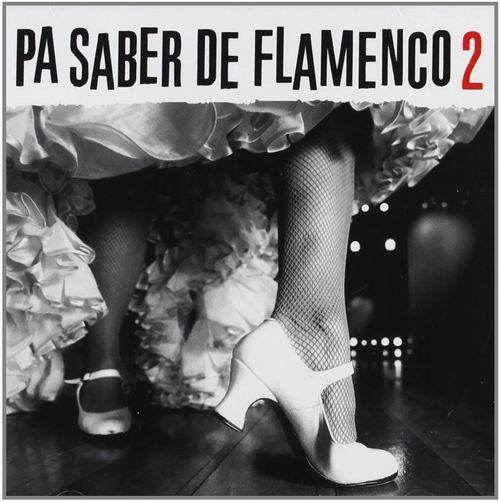



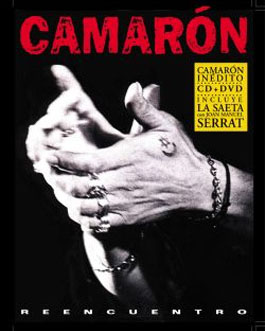
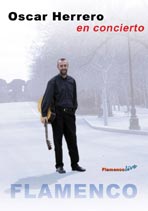
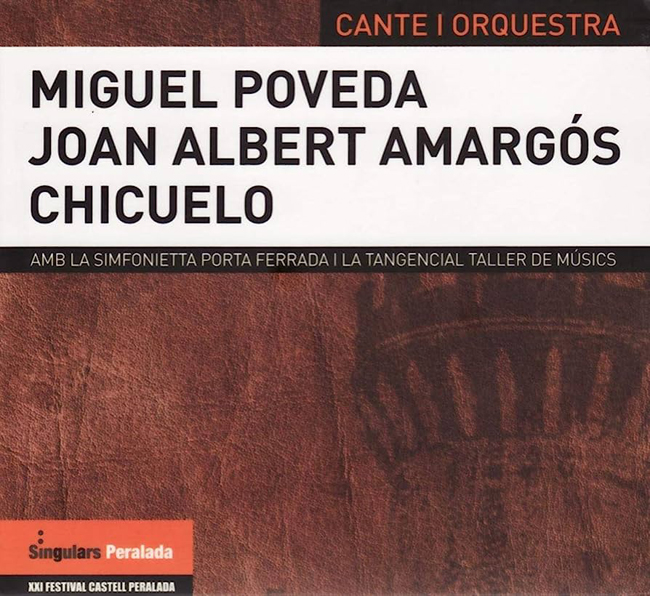

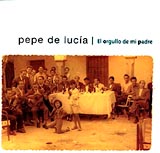
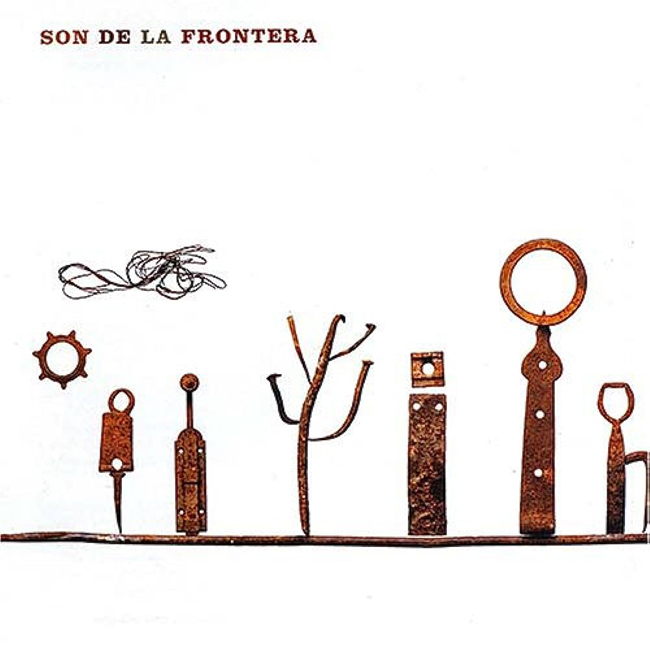
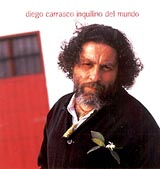
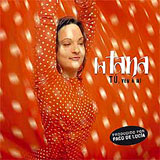
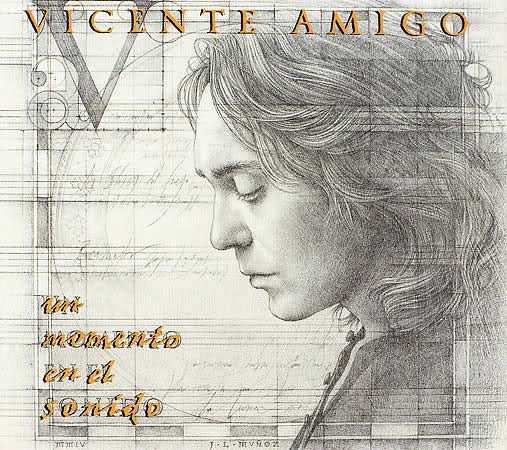
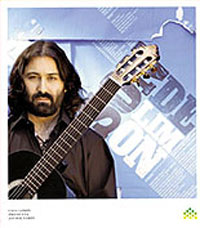
.jpg)
